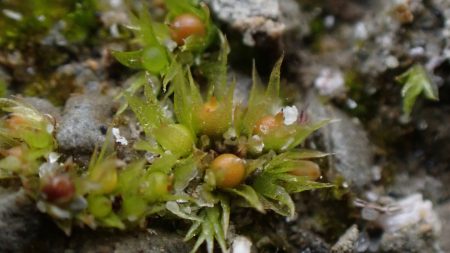Simple Innovation Helps Save Giant Rays Caught in Tuna Nets
Out on the swelling seas, marine ecologist Melissa Cronin watched as fishers hauled massive nets full of tuna onto their vessel. But Cronin wasn’t there for the tuna—she was focused on saving the magnificent manta and devil rays accidentally caught alongside them. As co-founder of the Mobula Conservation Project, Cronin spent four months at sea over two trips, observing hundreds of metric tons of tuna being caught while documenting how a new device might help save these threatened marine giants.
The device itself is remarkably simple—a grid that catches the wide-winged rays while allowing the smaller, slippery tuna to slide through. What makes this innovation particularly special is its origin: it was inspired by the fishers themselves, demonstrating how practical solutions often come from those with hands-on experience. According to research published in October 2023 in Conservation Biology, this straightforward design could significantly reduce the harm done to these vulnerable creatures when they become bycatch.
The scale of the problem is considerable. Globally, about 60 percent of tropical tuna is caught using purse seine nets—a fishing method where vessels encircle schools of fish before tightening the net, preventing anything inside from escaping. The International Seafood Sustainability Foundation estimates that over 13,000 threatened manta and devil rays are caught accidentally in these nets each year. These graceful creatures—some species growing nearly seven meters wide and weighing as much as a car—are listed as either endangered or vulnerable. “It can be the same weight as a Honda Civic,” Cronin explains, emphasizing the impressive size of oceanic manta rays.
For these rays to survive accidental capture, they must be released quickly and carefully. Rays need to swim to breathe, and any damage to their vital parts dramatically reduces their chances of survival. But releasing these massive creatures presents significant challenges for fishing crews. The rays are incredibly slippery—”like trying to hold onto water,” according to Cronin—and traditional handling methods can cause serious harm. Fishers often resort to grabbing the rays’ cephalic lobes (the horn-like structures at the front used for feeding) or eye sockets to get a grip, but damage to these organs frequently leads to mortality. Additionally, if the rays aren’t kept flat when lifted overboard, they can curl up “like a calzone,” damaging their cartilage.
The innovative grid works much like a pasta strainer, with Cronin explaining, “The mobula is the pasta and the fish are like the water.” This design keeps the rays flat “like a pizza” to prevent damage, while allowing them to be safely lifted overboard by crane within just a couple of minutes. The conservationists worked closely with fishers to evolve their original bamboo design into a more durable version made from stainless steel tubes and thick ropes. This collaboration between scientists and fishers proved crucial—theoretical solutions from scientists often prove impractical on working vessels, whereas simple, low-cost solutions developed with input from crews are much more likely to be implemented.
Field testing of the grid across 41 mobulid captures on 12 large tuna vessels in the Pacific Ocean from 2022 to 2024 demonstrated its effectiveness, particularly for larger rays. Edward Willsteed, an independent fisheries management consultant not involved in the study, praised the solution as one that “works for both the animals and the crew” while being “simple… suggesting that this won’t be expensive to build, use and repair.” Conservation scientist Brendan Godley from the University of Exeter sees the grid as “a discrete improvement over using stretchers and cargo nets,” noting it could “ease the work of release and lead to better outcomes.”
For Cronin, the grid represents hope for these threatened marine species, especially for protecting large, mature individuals crucial for population recovery. “Those big mamas are the ones that we’re most concerned about,” she says, highlighting the conservation significance of this simple yet effective innovation born from the practical knowledge of the fishers themselves.














